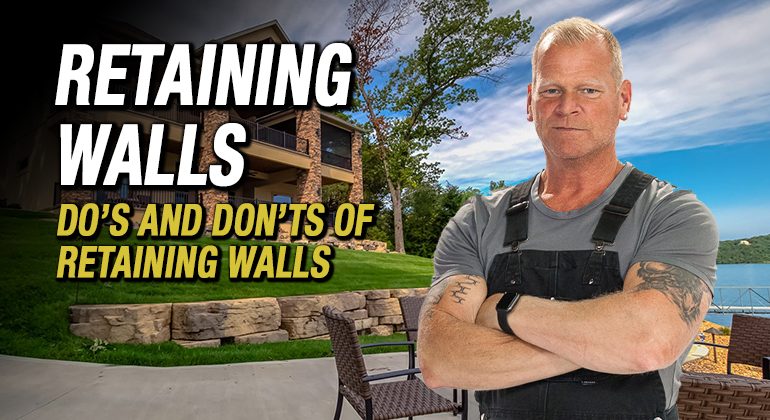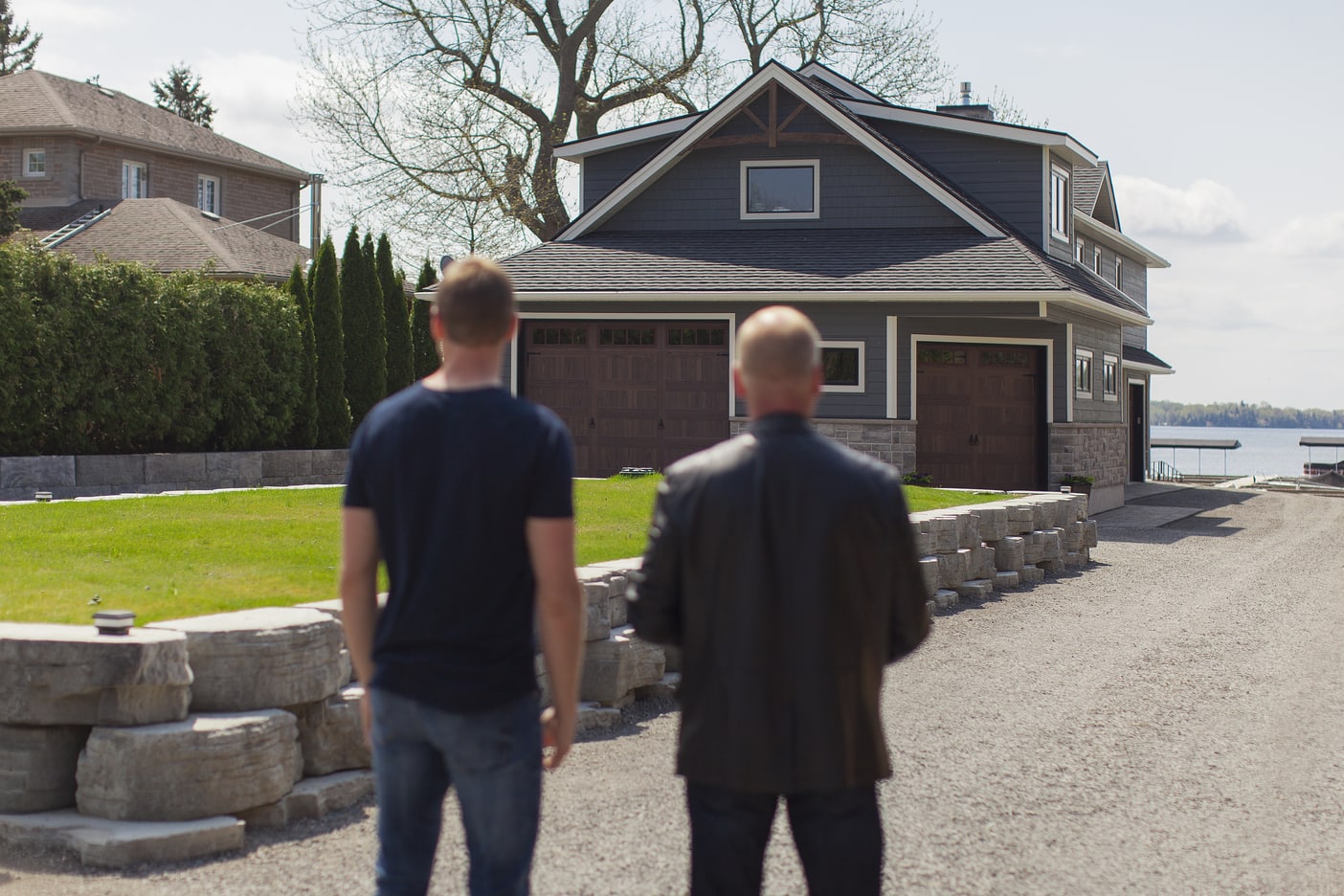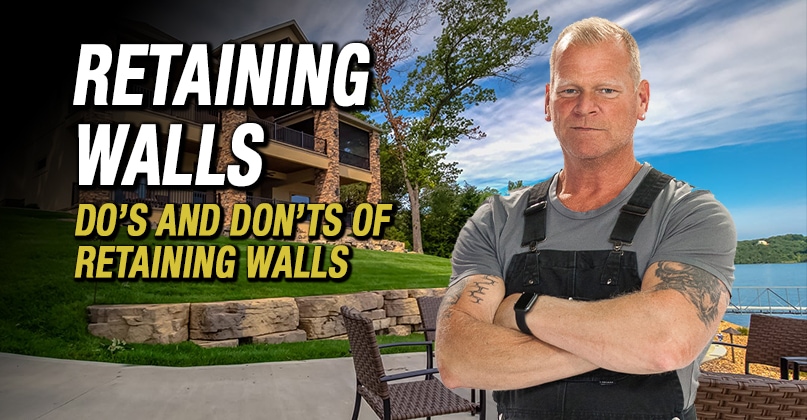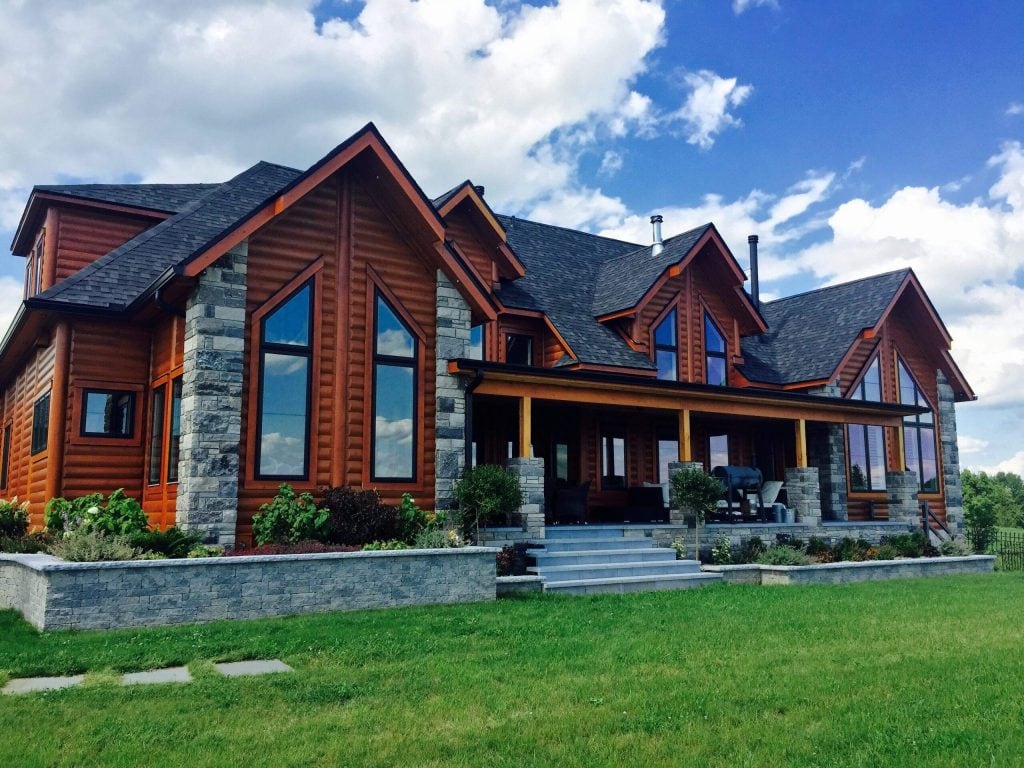Dream of a career where your skills bring joy, enable freedom, and create unforgettable memories? The thriving recreational vehicle (RV) industry offers just that! It’s more than fixing vehicles; it’s...

Retaining Wall Guide Dos and Don’ts
By Mike Holmes
Mike’s Advice / Home Renovation
Friday, May 28th, 2021 @ 9:52am
What Is A Retaining Wall?
A retaining wall is a structure that holds (or retains) soil behind it. A variety of materials can be used to create retaining walls like concrete blocks, poured concrete, treated timbers, rocks, or boulders. They are a fantastic way to beautify your backyard as well. If you live in a hilly area, a well-constructed retaining wall can transform your inclines into useable outdoor spaces. Retaining walls require a fair bit of planning. I am going to explain some dos and don’ts of building your own retaining wall.
In Holmes Makes It Right “Great Wall of Crap” I helped a homeowner who had hired a contractor to build a retaining wall. We brought in an engineer to confirm what I suspected: this was the worst job he had ever seen.
For The River House (Holmes and Holmes), we wanted a three-foot stone retaining wall that had aesthetics and also created a functional space for the marina/residential property we renovated. It ended up improving the aesthetic appeal of the entire neighborhood. I was thrilled with the results.
It combined the subtlety of natural weathered outcropping stone with the installation efficiency and engineered security of interlocking dimensional concrete blocks. Each stone was made of architectural-grade, pre-cast concrete of the finest quality, so its integrity will not be compromised by weather’s unpredictable elements.

Mike and Mike Jr are getting ready for the reveal of the River House, As Seen on Holmes And Holmes
What’s The Point Of A Retaining Wall?
Retaining walls hold back a lot of heavy soil in areas that feature a steep difference in height. Often, you might see them near your neighbors’ swimming pools, driveways, or multi-tiered gardens. They come in varying wall heights.
Any spot where there’s a sudden shift in the landscape, where you wouldn’t want a ton of excess soil to tumble — that’s where you’ll find a retaining wall.
You can also create a raised planting bed for your backyard to make the most of your outdoor space.

Or use it to enclose a patio space, define a driveway or create a fire pit.
Can I Construct a Retaining Wall Myself?
Now, you know I am not a fan of complicated DIY jobs, and this is one of them. A retaining wall may be a small part of your yard, but it’s got a big job to do.
It may fail because you chose the wrong material, or had it installed poorly. Always check for level before you lay down your stones.
If you want to build a retaining wall yourself, go for a shorter retaining wall height. The first row of retaining wall blocks sets the stage for the rest of the wall, so make sure it is perfectly level. Make sure you check with your local building code authority before starting the process.
RELATED:
What Material Should I Choose For My Retaining Wall?
Retaining walls can be made with all sorts of materials, from poured concrete to treated lumber, to rocks and stone. While they can provide some nice curb appeal, choose your material based on your needs and its longevity. You may be able to get creative with your wall design.
When you’re planning a retaining wall with proper drainage, it’s important to know what type of soil you have. Clay soil is very compact, so it won’t drain as well. But it’s less vulnerable to erosion — a bonus! Sand is more porous and well aerated, so it drains well, but it’s prone to erosion.
R
Rock Retaining Wall from Timber Block Homes
Why Do Retaining Walls Fail?
Here are the top two issues:
#1 Poor Drainage
Even a little bit of water can cause big damage to your home. That includes your outdoor structures like decks, sheds, and retaining walls. You’d think that a structure that’s meant to be outside in the elements should be naturally resistant to water, right? Well, not if it’s built wrong.
When too much water gets into the soil surrounding the retaining wall, without the ability to properly drain, it gets heavy with water and can start to put too much pressure against the retaining wall, causing it to fall away.
The Solution: Regrading the slope of the yard can help promote water movement. And installing a proper weeping bed using materials like crushed gravel allows water to drain along the bottom of the wall.
#2 Poor Foundation
A retaining wall with a bad foundation will topple or collapse.
The Solution: You’ll have to place the footings keeping in mind that they need to be deeper than the frost line — and that needs to be measured from the lowest part of the grade. If you don’t do that, the wall will move up and down as the ground freezes and thaws — coming loose over time.
Also keep in mind that with every additional foot of height, the earth’s pressure increases substantially. If you didn’t properly create your plans or built a very tall wall yourself, you are looking at a retaining wall repair job later.
READ NEXT:
Talk To A Landscape Architect
Be very clear with your landscape architect about how you intend to use the retaining wall. If it needs to also support the weight of a patio set, let them know. You can strengthen your wall by installing anchors, or pouring concrete to create a thicker base but this is something you’ll want to do before you finish the wall.
READ NEXT:
Most homeowners tackle their landscaping to improve the curb appeal of their home. But as a contractor, I can tell you that good landscaping goes beyond the curb appeal. Landscaping can also protect the exterior of your house from the elements and the sun. Here are my landscaping tips.









